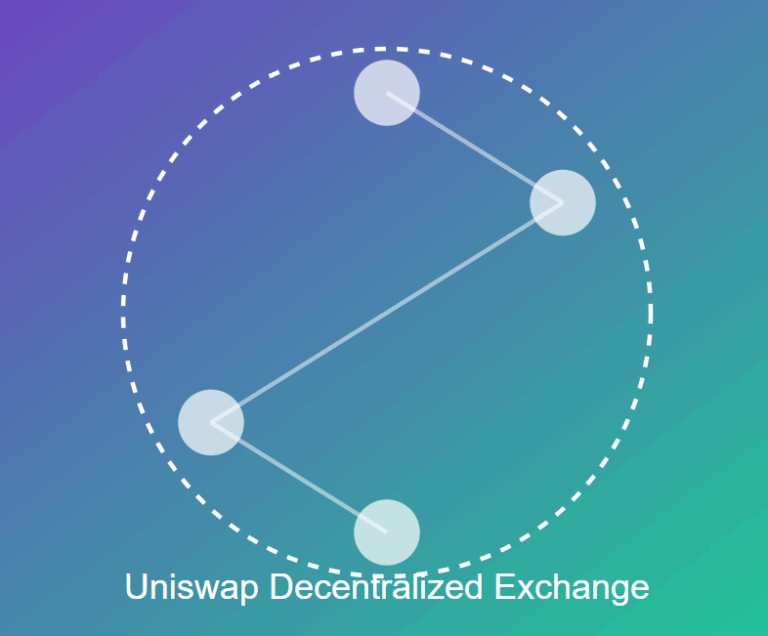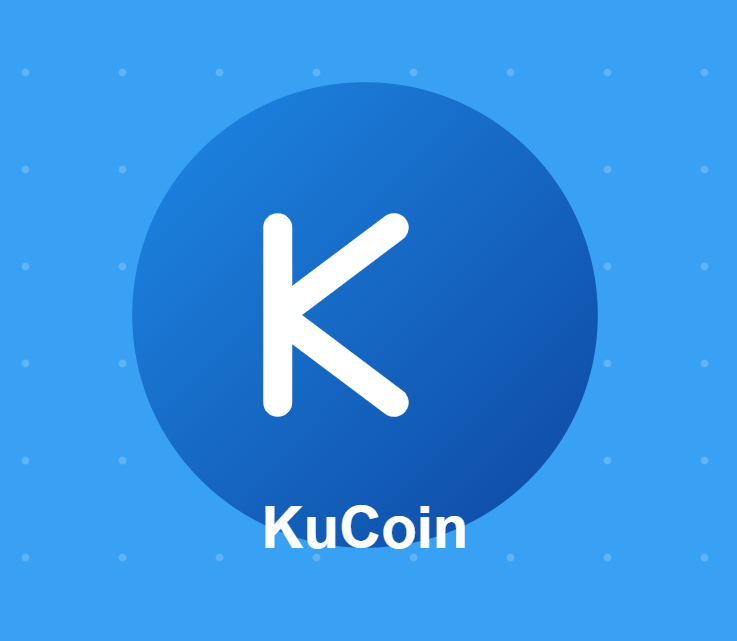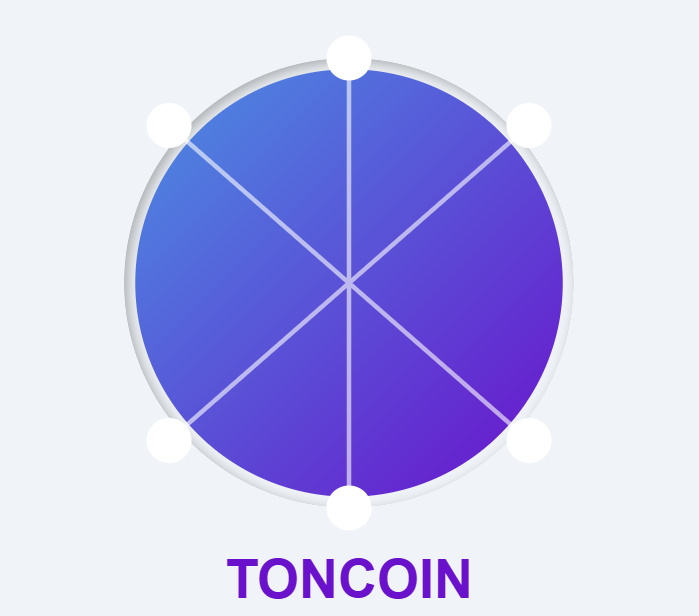
Monero
Introduction
In the digital age, privacy is becoming an increasingly rare commodity. The rise of blockchain technology and decentralized finance (DeFi) has introduced novel ways of transacting and storing value, but not all cryptocurrencies are built with privacy in mind. Among the many blockchain projects, one name consistently stands out when it comes to privacy and anonymity: Monero.
Launched in 2014, Monero (XMR) has carved out a unique niche in the cryptocurrency landscape as a fully private, secure, and untraceable digital currency. While Bitcoin is often assumed to be anonymous, it is in fact only pseudonymous — meaning that while identities are hidden behind wallet addresses, transactions can still be traced on the public ledger. Monero, on the other hand, was designed from the ground up to solve this transparency problem and put control back into the hands of users.
This article explores Monero’s history, technology, use cases, challenges, and future, offering a comprehensive analysis of one of the most controversial yet innovative cryptocurrencies in existence.
The Origins of Monero
Monero was born from a project known as Bytecoin, which was the first cryptocurrency to implement the CryptoNote protocol — a framework focused on privacy and anonymity. Bytecoin, launched in 2012, had potential, but its credibility suffered due to a large pre-mine that favored early adopters. This led to concerns over centralization and fairness.
In response, a group of developers forked Bytecoin to create BitMonero — a portmanteau of “Bit” (from Bitcoin) and “Monero,” which means “coin” in Esperanto. The community quickly shortened the name to Monero, and a new digital currency with a clean launch and no pre-mine was born.
Since its inception, Monero has been led by a decentralized team of developers and contributors, including the pseudonymous Riccardo Spagni, known as “Fluffypony,” who served as the lead maintainer for several years.
Monero’s Unique Privacy Features
What sets Monero apart from most other cryptocurrencies is its focus on default privacy. While some coins offer optional privacy features, Monero integrates privacy into its core protocol. Below are the primary technologies that enable Monero’s stealth:
1. Ring Signatures
Ring signatures obscure the sender of a transaction by combining their output with a group of other outputs. This group — or “ring” — makes it impossible for an outside observer to determine which output is the true sender. The larger the ring, the more anonymous the transaction becomes.
2. Stealth Addresses
Instead of sending Monero directly to a recipient’s public address, the protocol generates a one-time stealth address for each transaction. This ensures that the transaction cannot be linked to either the sender or the recipient, protecting both parties’ identities.
3. Ring Confidential Transactions (RingCT)
RingCT was introduced in January 2017 and enables Monero to hide the transaction amount. Combined with ring signatures and stealth addresses, RingCT makes Monero transactions completely opaque, masking who sent what to whom and for how much.
4. Dandelion++
Implemented in 2020, Dandelion++ is a method of obfuscating the origin of transactions by randomly relaying them through multiple nodes before broadcasting them to the network. This makes IP tracking significantly more difficult.
Supply, Mining, and Emission Schedule
Monero’s supply mechanics differ in several ways from Bitcoin and many other coins. While Bitcoin has a hard cap of 21 million coins, Monero has an adaptive block size and a tail emission.
Tail Emission
When Monero’s main emission ends (projected to be around May 2022), it switches to a tail emission of 0.6 XMR per block. This ensures a perpetual incentive for miners, which maintains the network’s security and avoids the centralization risks associated with a diminishing block reward. This decision is controversial in some circles but seen as practical by the Monero community.
Proof of Work and RandomX
Monero uses a Proof of Work (PoW) consensus algorithm known as RandomX, introduced in late 2019. RandomX is designed to resist ASIC mining and favor general-purpose CPUs, democratizing the mining process and keeping it decentralized. This stands in contrast to Bitcoin, where mining has become dominated by specialized hardware and large mining farms.
The Importance of Fungibility
Fungibility is a crucial yet often overlooked property of sound money. A currency is fungible when each unit is indistinguishable from another and holds the same value. Bitcoin, due to its transparent ledger, can have “tainted” coins — for example, coins that were once associated with illicit activity can be blacklisted by exchanges or services.
Monero’s privacy features make it fungible by default. No coin can be discriminated against based on its history, which makes Monero a more practical form of digital cash in the eyes of privacy advocates.
Monero’s Ecosystem and Community
Despite its niche appeal, Monero has a vibrant and committed community. The project is open source, with hundreds of contributors worldwide. Development is supported by the Monero Community Workgroup (MCW) and funded through a transparent Community Crowdfunding System (CCS). Anyone can propose a project or improvement and request funding in XMR.
Beyond development, Monero has inspired an ecosystem of services, wallets, and marketplaces. Some notable examples include:
-
Monero GUI Wallet: The official desktop wallet developed by the Monero Project.
-
Monerujo: A popular Android wallet for Monero.
-
Cake Wallet: A user-friendly wallet for iOS and Android.
-
LocalMonero: A peer-to-peer exchange for buying and selling XMR.
-
Haveno: A decentralized exchange built on Monero’s technology.
Adoption and Use Cases
While Monero has been criticized for its association with dark web markets and illicit transactions, it also has legitimate, ethical use cases. In authoritarian regimes, where financial surveillance is prevalent, Monero offers a lifeline to dissidents, journalists, and ordinary citizens seeking privacy.
Other notable use cases include:
-
Private donations to NGOs or political causes.
-
Shielding personal finances from corporate surveillance.
-
Cross-border remittances without intermediary fees or oversight.
-
Confidential business transactions for competitive or regulatory reasons.
Monero has been accepted by a range of merchants and platforms, including VPN providers, hosting services, freelance platforms, and privacy-focused initiatives. Though not as widely accepted as Bitcoin, its niche is strong and growing.
Legal and Regulatory Scrutiny
Monero’s privacy has not gone unnoticed by regulators. Law enforcement agencies like the IRS and Europol have expressed concern about Monero’s ability to hinder investigations. In fact, in 2020, the IRS offered a $625,000 bounty to anyone who could develop tools to trace Monero transactions — a challenge that remains unsolved.
This attention has led to delistings from major exchanges, especially those based in jurisdictions with strict Know Your Customer (KYC) regulations. Coinbase, for example, has never listed Monero, and other exchanges like Bittrex and Kraken have delisted it in certain countries.
However, Monero remains available through DEXs (decentralized exchanges) and privacy-respecting platforms, keeping it alive in spite of institutional pushback.
Criticisms and Challenges
Like all technologies, Monero is not without its drawbacks:
1. Network Size and Speed
Monero’s privacy features make its blockchain significantly larger than Bitcoin’s. Transactions take up more space due to the ring signatures and encryption, which can impact scalability and performance.
2. Usability
Privacy adds complexity. For newcomers, Monero wallets and keys can be more confusing than those of simpler cryptocurrencies. Efforts are ongoing to improve UI/UX and onboarding.
3. Regulatory Risk
The increasing pressure from governments and financial regulators may limit Monero’s exchange listings, liquidity, and accessibility.
4. Perception Problem
Monero is frequently painted in the media as the “go-to coin for criminals,” which may hinder its mainstream adoption. However, supporters argue that this is similar to early reactions to the internet itself.
Future Outlook
Monero is actively developing new features and improvements. Among the most anticipated are:
-
Full support for atomic swaps, which allow trustless trading between Monero and Bitcoin.
-
Second-layer solutions to improve scalability.
-
Improved mobile wallet integration and user experience.
Despite external pressures, the Monero community remains steadfast. Its philosophy — that privacy is a human right — resonates strongly in an era of increasing surveillance.
Conclusion
Monero is not just a cryptocurrency. It is a movement. In a financial world leaning toward increased regulation, identity verification, and surveillance, Monero stands as a rebel — a tool for the people, by the people.
While it may never reach the popularity of Bitcoin or Ethereum in the mainstream, Monero occupies an essential role in the cryptocurrency ecosystem. It reminds us that true financial sovereignty requires privacy, and that technology can be harnessed to empower rather than control.
As governments and corporations continue to monitor our every move, the value of a permissionless, private, fungible digital currency like Monero will only become clearer. Whether it becomes a cornerstone of future finance or remains a sanctuary for the privacy-conscious, Monero’s legacy as the cryptocurrency of freedom is already secure.



